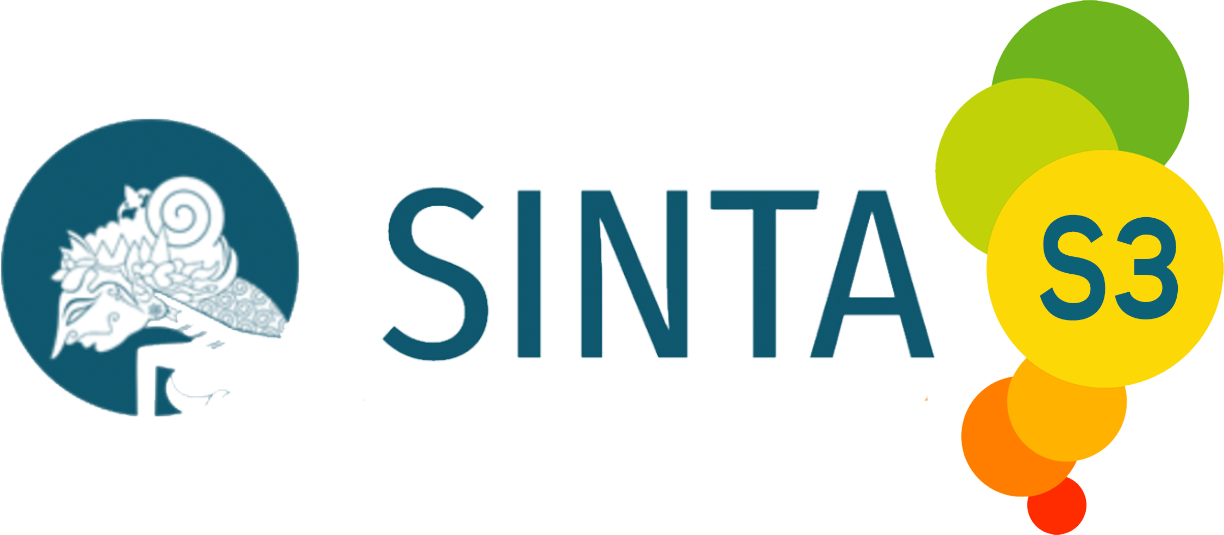Application of Chitosan From Waste Gurami Fish Scales (Osphronemus goramy) and Clove Powder (Syzygium aromaticum) As Edible Coating on Chicken Meat
DOI:
https://doi.org/10.21776/ub.jitek.2021.016.03.7Keywords:
Chitosan, poultry meat, sensory, scales fish, total bacteriaAbstract
Chicken meat is a nutritious food that can increase immunity but has perishable food properties that are easily damaged so it is necessary to add preservatives, namely chitosan as an edible coating to protect the meat from microbial contamination. Gourami (Osphronemus goramy) scales have the potential to be processed as chitosan. Through 3 stages, namely deproteination, demineralization, and deacetylation. The purpose of this study was to determine the effect of adding chitosan with gourami fish scales and cloves as an edible coating on the quality of raw chicken meat at room temperature for 9 h. This study used a factorial completely randomized design (3×3), with factor A: concentration of chitosan solution (0%, 1%, and 2%) and factor B: concentration of clove solution (0%, 1%, and 2%) and repeated 3 times. The results showed that the control treatment without clove and chitosan after 9 h of storage at room temperature had a significant difference in effect on the treated samples. The best treatment was found in the interaction of 2% chitosan (K2) and 2% cloves (C2) with microbial contamination of 2×10 5 CFU/g so that it still meets the standards of the National Standardization Agency (BSN) namely, chicken meat has a maximum requirement of 1×106 CFU/g, which can maintain the quality of meat, both in terms of pH, water content, and acceptability of organoleptic values which are still favored by panelists.Downloads
Published
2021-11-30
Issue
Section
Articles
License
Copyright (c) 2021 Inasabrilla Hendar Dahayu, Djalal Rosyidi

This work is licensed under a Creative Commons Attribution-NonCommercial 4.0 International License.
Authors who publish with this journal agree to the following terms:
- Authors retain copyright and grant the journal right of first publication with the work simultaneously licensed under a Creative Commons Attribution License that allows others to share the work with an acknowledgement of the work's authorship and initial publication in this journal.
- Authors are able to enter into separate, additional contractual arrangements for the non-exclusive distribution of the journal's published version of the work (e.g., post it to an institutional repository or publish it in a book), with an acknowledgement of its initial publication in this journal.
- Authors are permitted and encouraged to post their work online (e.g., in institutional repositories or on their website) prior to and during the submission process, as it can lead to productive exchanges, as well as earlier and greater citation of published work (See The Effect of Open Access).















